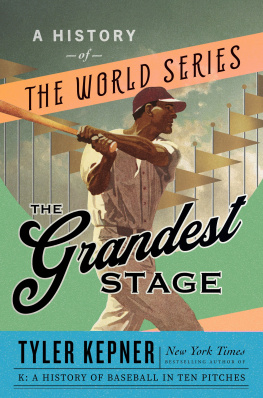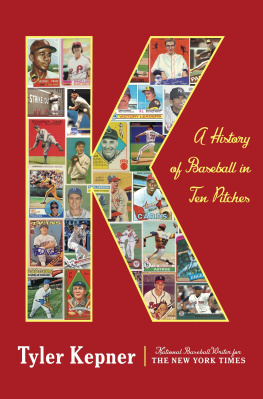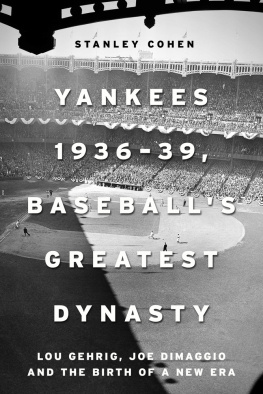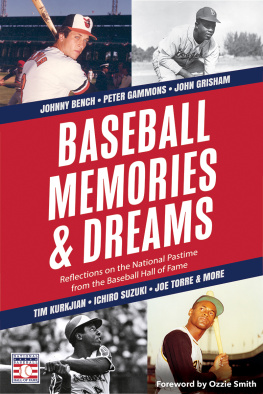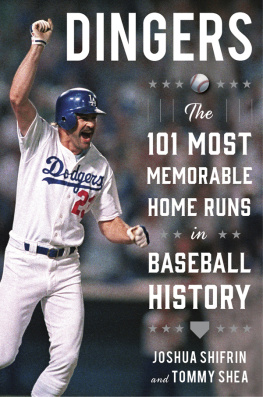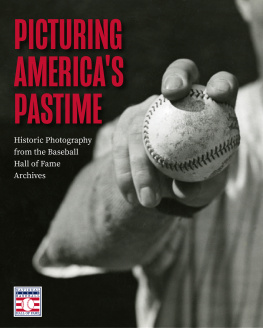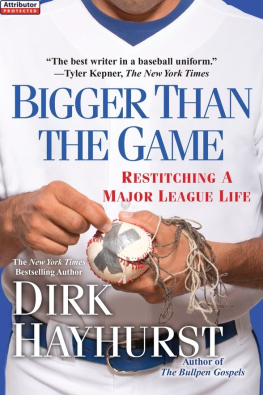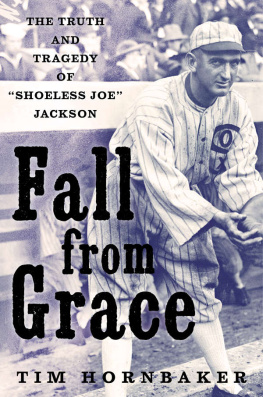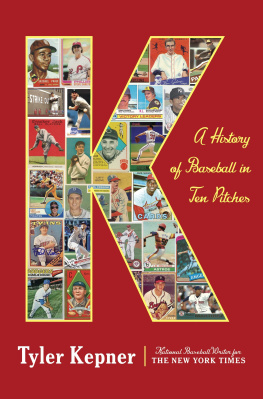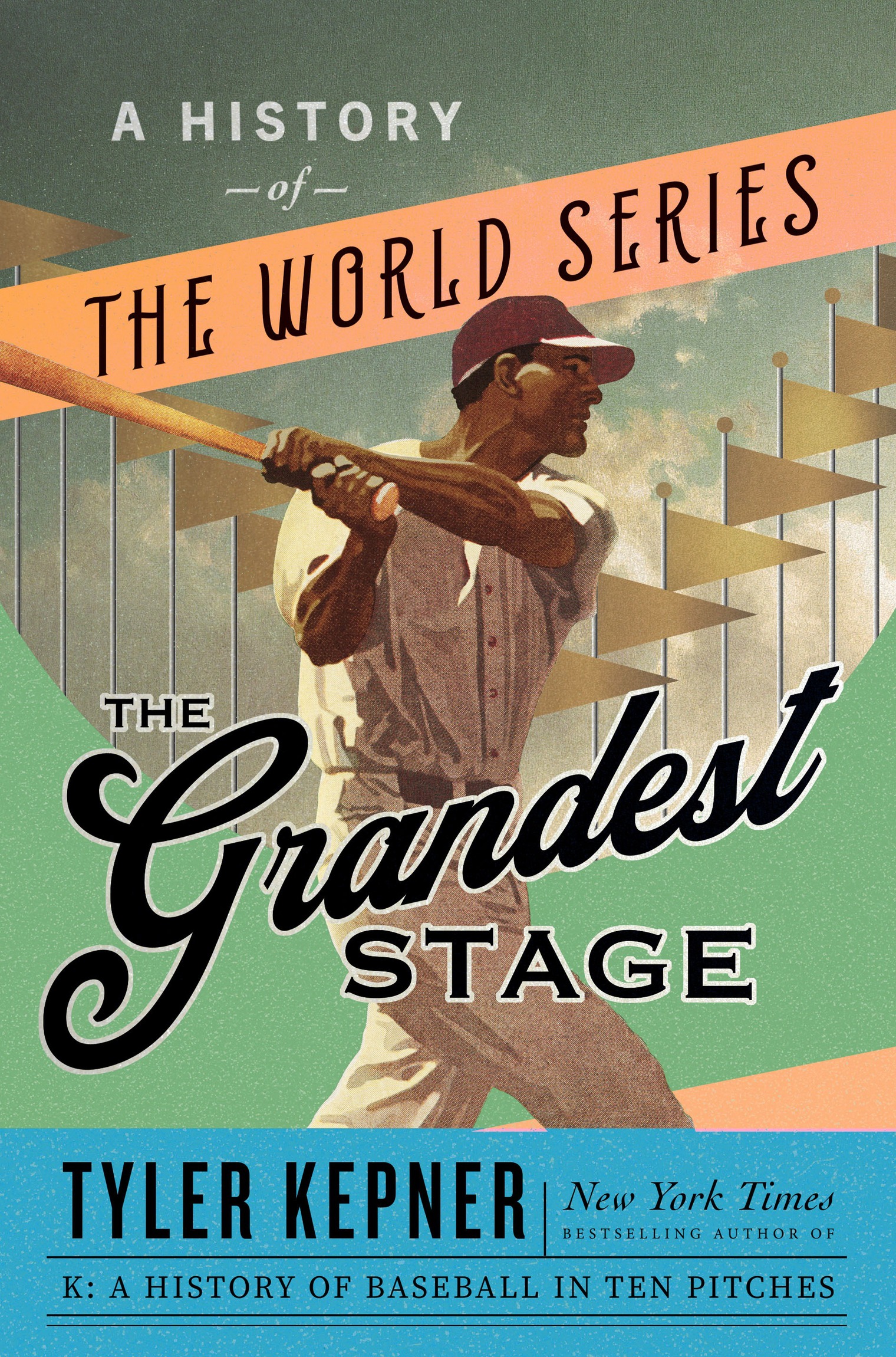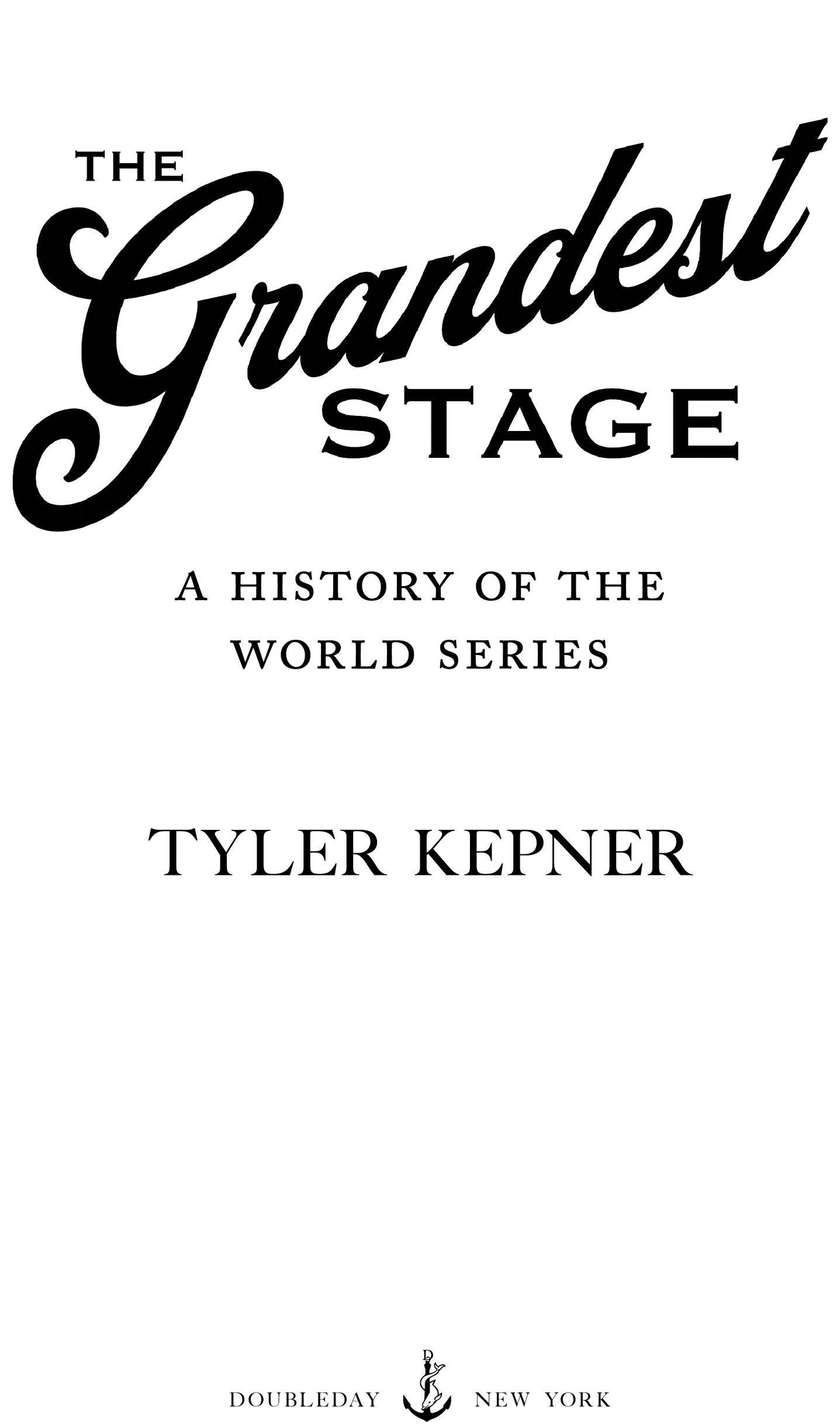All rights reserved. Published in the United States by Doubleday, a division of Penguin Random House LLC, New York, and distributed in Canada by Penguin Random House Canada Limited, Toronto.
Doubleday and the portrayal of an anchor with a dolphin are registered trademarks of Penguin Random House LLC.
Cover images: (baseball player) CSA-Printstock / Getty Images; (sky) Fine Art Photographic / Stone / Getty Images
Cover design by Michael J. Windsor
Names: Kepner, Tyler, author.
Title: The grandest stage : a history of the World Series / Tyler Kepner.
Description: First edition. | New York, N.Y. : Doubleday, [2022] | Includes bibliographical references and index.
Identifiers: LCCN 2022005058 (print) | LCCN 2022005059 (ebook) | ISBN 9780385546256 (hardcover) | ISBN 9780385546263 (ebook)
Subjects: LCSH: World Series (Baseball)History. | BaseballUnited StatesHistory.
Classification: LCC GV878.4 .K47 2023 (print) | LCC GV878.4 (ebook) | DDC 796.357/64609dc23/eng/20220625
Thanks for the tickets.
To be on stage when the whole world is watching, if you dont relish that, youre in the wrong business.
Introduction
The great right-hander bends at the waist and peers in for the sign. His glovefive fingers, no webbingrests on his left knee, his socks pulled high over his calves. His jersey says boston , with laces stitched up to the collar, but there is no logo on his cap or number on his back. Theres no diamond anymore, either, though the setting is still a park: a grassy courtyard ringed by wooden benches and a redbrick walkway in a grove of oak trees at Northeastern University.
This is where youll find the statue of Cy Young, by Robert Shure, commissioned by the Yawkey Foundation in 1993 on the site of the old Huntington Avenue Grounds. Its a hidden oasis amid the campus bustle, tucked between the steps of Churchill Hall and the Barletta Natatorium, home of the Huskies swimming and diving teams. Sixty feet, six inches from the statue, on the grass, a stone marker in the shape of home plate notes the significance: on October 1, 1903, the Boston Pilgrims, now the Red Sox, met the Pittsburgh Pirates in the first modern World Series. General admission seats cost fifty cents. The leadoff man, Ginger Beaumont, took Youngs first pitch for a strike, worked a full count, and flied out to Chick Stahl in center field, where Hayden Hall now stands. The next days Boston Globe reported, on the front page, that 16,000 fans encircled the field, held well back by ropes and a small army of policemen. The Pirates won the game, but Boston took the series, five games to three.
That is how it all began, when the winners of the National and American Leagues first met to crown a champion. It was called the worlds championship series, world used as a possessive, not an adjective, the stage so grand that it must belong to the planet, not merely the 16 franchises scattered from Massachusetts to Missouri.
In my day, growing up, the World Series was the event of the year, says Carl Erskine, who was born in 1926 and pitched in five Fall Classics for the Brooklyn Dodgers. It was bigger than the Masters, bigger than football and basketball.
Times have changed. For several decades now, the Super Bowl has been our sporting fixation. Football wins every poll when fans are asked to name their favorite sport, but baseball is a fundamentally different product, an everyday companion for seven months, not a once-a-week spectacle for five. Americans spend countless more hours watching baseball, which has about 10 times as many games, than they do watching football, in person and at home. A Super Bowl lasts less than four hours; a World Series might go 25.
And what a treat that is for the millions of us who love baseball. Every season is an inverted pyramid, contenders whittled away as the schedule descends to that delicious denouement, in four to seven acts, beginning in late October. As the national baseball columnist for The New York Times, Ive witnessed every World Series game for two decades, plus 21 before that. Yes, I count them all.
Only one was an afternoon game: my first, on a golden Saturday in 1983 in my hometown of Philadelphia. I was eight years old and sat with my mom on the first base side at Veterans Stadium, maybe 15 rows from the field. The Phillies lost to the Baltimore Orioles, 54, and the managers used almost everyone: 17 players for the Orioles, 19 for the Phillies. Gary Matthews made a leaping catch at the left field wall. Mike Schmidt got a broken-bat single. I nearly got trampled chasing a foul ball by Jim Dwyer. The Phillies brought the winning run to the plate in the bottom of the ninth, but Joe Morgan lined out to Lenn Sakata at second base.
That was Game 4, and the next day I was back with my dad for a twilight start. I watched batting practice from the front row and returned for the bottom of the ninth, dipping under the railings to see Scott McGregor finish a 50 shutout. Garry Maddox lined out softly to shortstop Cal Ripken Jr., who snagged the ball and shook it in his glove.
It was all surreal, it was all new, it was all fun, says Ripken, who was 23 and never got back. As a kid, you want to be a big league player, but part of your dream is to win the World Series. And I know what that feels likeonce.
Ripken remembers fans swarming the field, grabbing at his glove to try to steal the ball. He tucked his cap in his glove, too, so nobody could snatch it off his head.
That was still when people rushed the field, he says. It was on the road, so it wasnt crazy-crazy, like maybe it would have been at home. But you felt like you had to get off the field.
Its funny, I had the opposite feeling: Why arent we storming the turf? As I recall itand video backs me upthe Orioles celebrated with no outsiders invading their space, no strangers in street clothes amid the revelers. When the Phillies won in 1980, mounted horse patrol had protected the field. This time there were no such obstacles, and none were needed. We werent being civil; we were numb. Angry, too, or at least bitterly disappointed.
I was also confused. Maybe this was my fault. The Phillies had won the opener, and when they lost Game 2, I wasnt too upset. I had tickets to Games 4 and 5, so a split in Baltimore meant that both of my games would be played. Then weird stuff started happening: A ball skids on a wet spot on the turf in Game 3, and the Phillies lose. My brother steals my lucky hat before Game 4, and they lose again. Eddie Murray hits his name on the scoreboard (OK, just below it) with a homer in the Game 5 rout. How could my heroes lose all three at home? The men themselves were just as dumbfounded.
I remember going back to my town house after that Game 5 and sitting there by myself going, How did we lose? Weve got Pete Rose, weve got Joe Morgan, weve got Mike Schmidt, I cant believe we lost, says Marty Bystrom, who pitched that day. Its devastating, but it happened. And not only that, but they swept us at the Vet.

